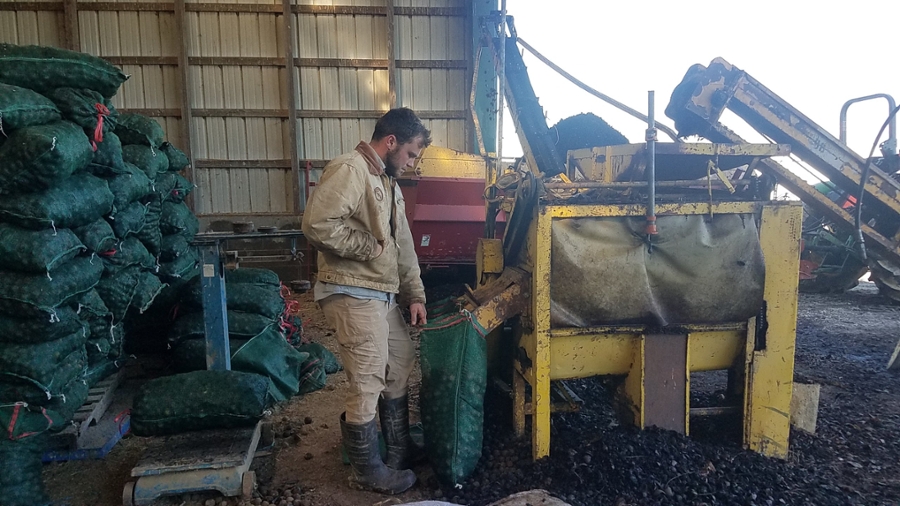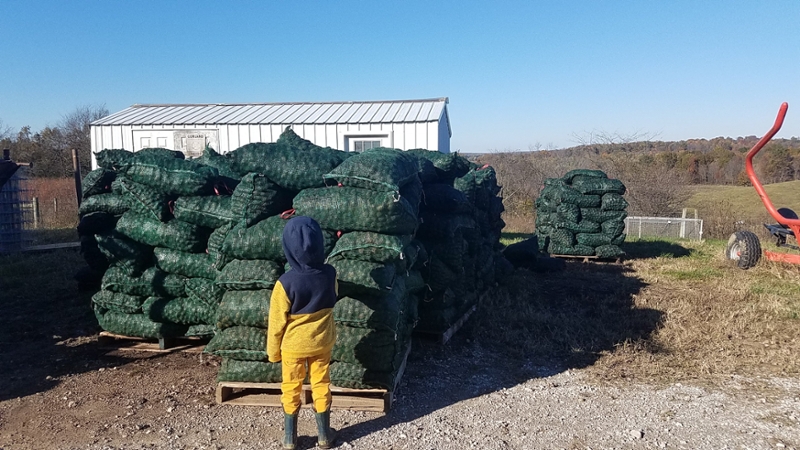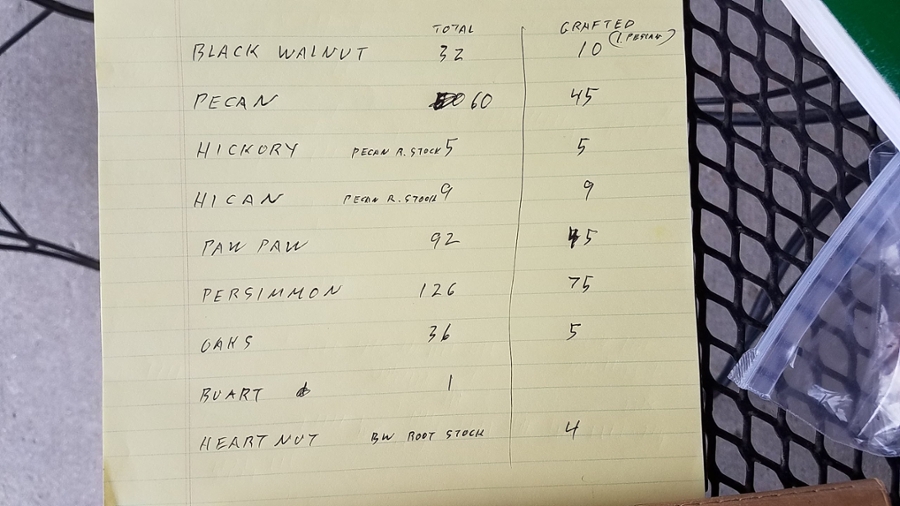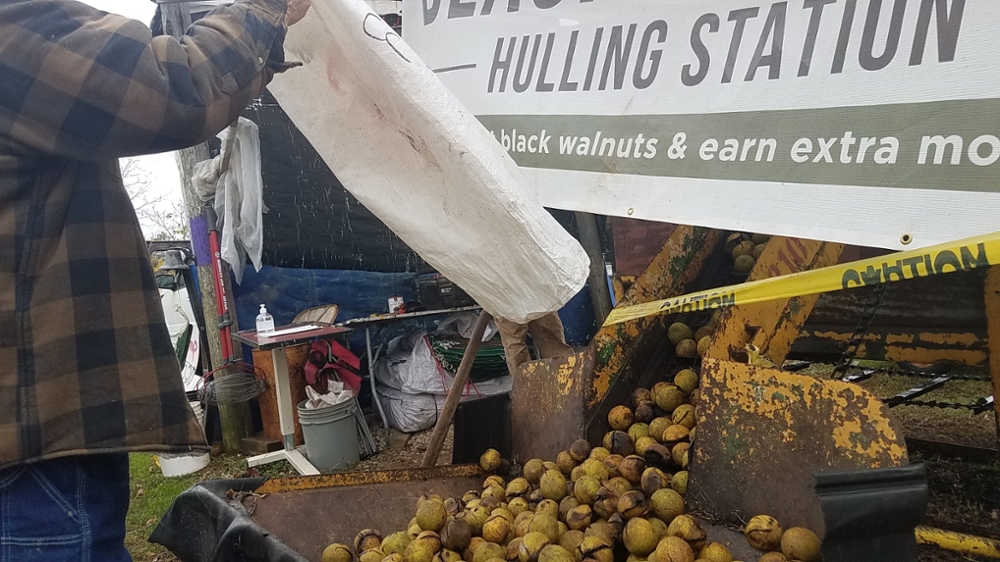The Indiana State Department of Agriculture awarded a research grant to the Indiana University Sustainable Food Systems Science team to identify the steps needed to establish value chains for Indiana-grown nuts, such as pecans, chestnuts, hazelnuts, and walnuts.




Why do nuts matter for Indiana?
Nut production is picking up in the Midwest, and most of Indiana’s neighboring states have created organizations and infrastructure to support value chains for tree nuts. The number of Indiana farms growing nuts more than doubled from 2012 to 2017, and has increased many times over since 2002.
- Prospects for landowners are good: earnings can gross over $2000 per acre, and even a few hundred dollars per tree. Nut trees can suit smaller parcels and riparian buffers.
- Nut trees can be part of a plan for land in CRP and other USDA-NRCS incentive programs.
- Improved tree cultivars, suited for Indiana, can bear within a handful of years. Yield then increases as the trees mature.
- Indiana’s neighbors - Michigan, Ohio, Kentucky, Wisconsin, and Iowa/Illinois - all have nut grower collectives that co-own harvesting and processing equipment, which allows growers to market value-added products such as nut flours.
- You-pick nut orchards are viable and can complement you-pick fruit. For example, Anderson Orchard in Mooresville, Indiana has you-pick chestnuts.
- In a pilot poll in 2019, members of the Indiana Nut and Fruit Growers Association ranked black walnut and hazelnut as top products whose markets they’d like to develop, behind pawpaw and persimmon.
Indiana’s fledgling nut markets deserve support. This study aims to find out recommendations for next steps.
This information will lead to statewide conversations in 2021-2023. These conversations will work to build Indiana’s nut production, aggregation, and processing capacity.
With any questions or ideas, please contact Dr. Julia Valliant: jdv@iu.edu or research assistant Olivia Shoemaker: oshoemak@iu.edu.


